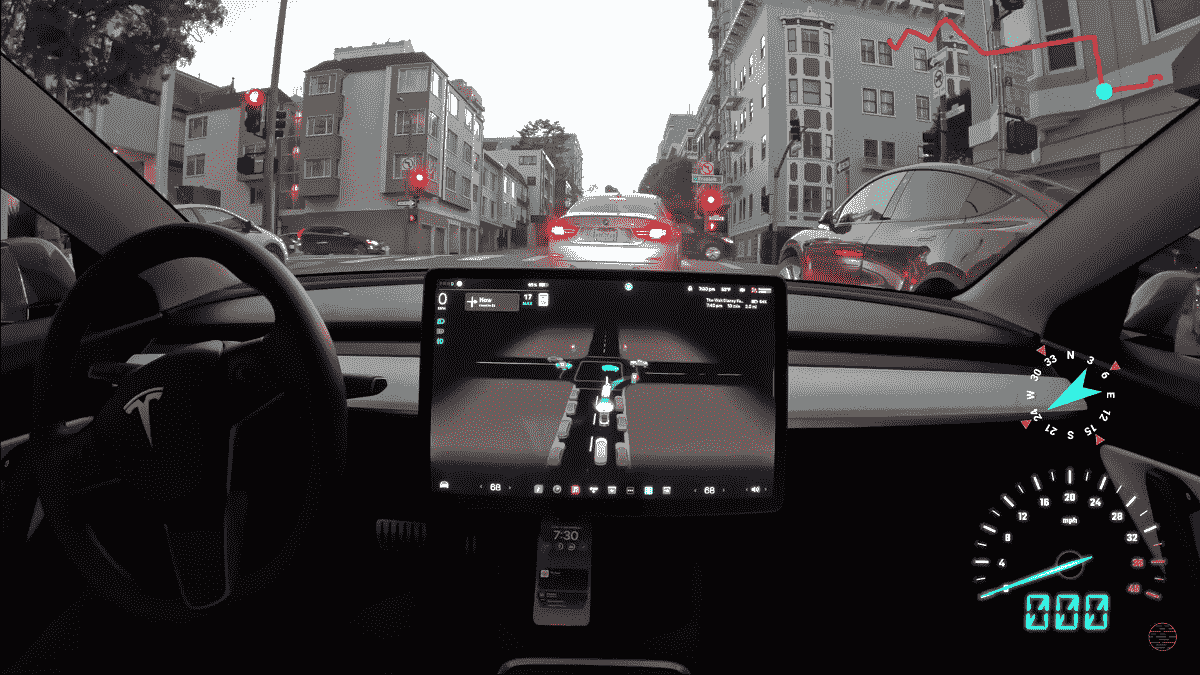In the race to create the first fully self-driving (real world) AI, Tesla’s advantage has been the hundreds of thousands of Teslas driving out in the world collecting billions of miles of real-world driving data.
This is as opposed to Waymo, and other self-driving startups, which rely mostly on simulations to train their machine learning models.
Elon Musk in the past has said, he was surprised to learn Tesla has “better self-driving software and hardware” than Waymo, which is considered by most industry analysts as the leader in self-driving cars.
Tesla initially released FSD Beta to the 3000 or so individuals in the company’s Early Access Program. However, that number has currently grown to more than 400,000 vehicles, and now the capability comes standard with any purchase of the full-self driving feature in the US and Canada.
Related News: Tesla China Produces 89k Vehicles In March Despite Numerous Challenges
Nevertheless, despite Tesla’s ample real-world driving footage advantage, the EV maker still relies on simulations to train its AI for edge cases.
And now Elon Musk says, Tesla autopilot has gotten so good, the EV maker has had to rely more and more on simulations to come up with close call examples to train Tesla’s next iteration of autopilot software.
Given the name FSD version 11, the current iteration of Tesla’s autopilot is a significant architectural rewrite of the Autopilot software especially as it pertains to highway driving.
Prior to FSD Beta v11, on highways, Tesla used the pre-FSD Beta iteration of autopilot that doesn’t use all 8 cameras to create a vector space and heavily relies on manually written codes as opposed to AI to make driving decisions.
In addition, following the change with FSD Beta v9 back in the middle of 2022, Tesla has moved away from a hybrid, camera-radar system and is currently using a vision-only machine-learning model.
And as Tesla’s autopilot AI moves to a pure vision (camera) sensor suite, and away from manually written codes, it stands to reason the more picture-perfect the simulations used to train Tesla’s AI are, the better the system will be.
Tesla has been improving in this regard and now Elon Musk says “To get enough training examples for potential serious accidents, we have to run them in sim, as we have so few in the fleet, despite doing ~1M miles per day of FSD.”
In response to a Twitter user who pointed out that after the FSD Beta v11 update, he’s convinced that level 5 autonomy is close, Musk also said that the “[autopilot] team is closing the loop on interventions very rapidly.”
Team is closing the loop on interventions very rapidly. To get enough training examples for potential serious accidents, we have to run them in sim, as we have so few in the fleet, despite doing ~1M miles per day of FSD.— Elon Musk (@elonmusk) April 4, 2023
Musk’s confidence highlights how close Tesla is to making its vehicles drive themselves. In addition, Musk pointing out the fact there are barely any serious accidents despite FSD Beta doing 1 million miles per day bodes well for the prospect of the software getting the green light from regulators.
This is certainly exciting and we will be sure to keep you posted as Tesla progresses toward level 5 autonomy. Until then make sure to visit our site torquenews.com/Tesla regularly for the latest updates.
So what do you think? Are you excited about Tesla’s pure vision FSD? Also, given the capabilities of Tesla’s simulation team, do you think Tesla should make a game? Let me know your thoughts in the comments below.
Image: Screenshot from Whole Mars Catalog YouTube channel
For more information check out: Tesla Celebrates Giga Texas Achieving An Annualized Production Rate Of 200,000 Model Ys
Tinsae Aregay has been following Tesla and The evolution of the EV space on a daily basis for several years. He covers everything about Tesla from the cars to Elon Musk, the energy business, and autonomy. Follow Tinsae on Twitter at @TinsaeAregay for daily Tesla news.





